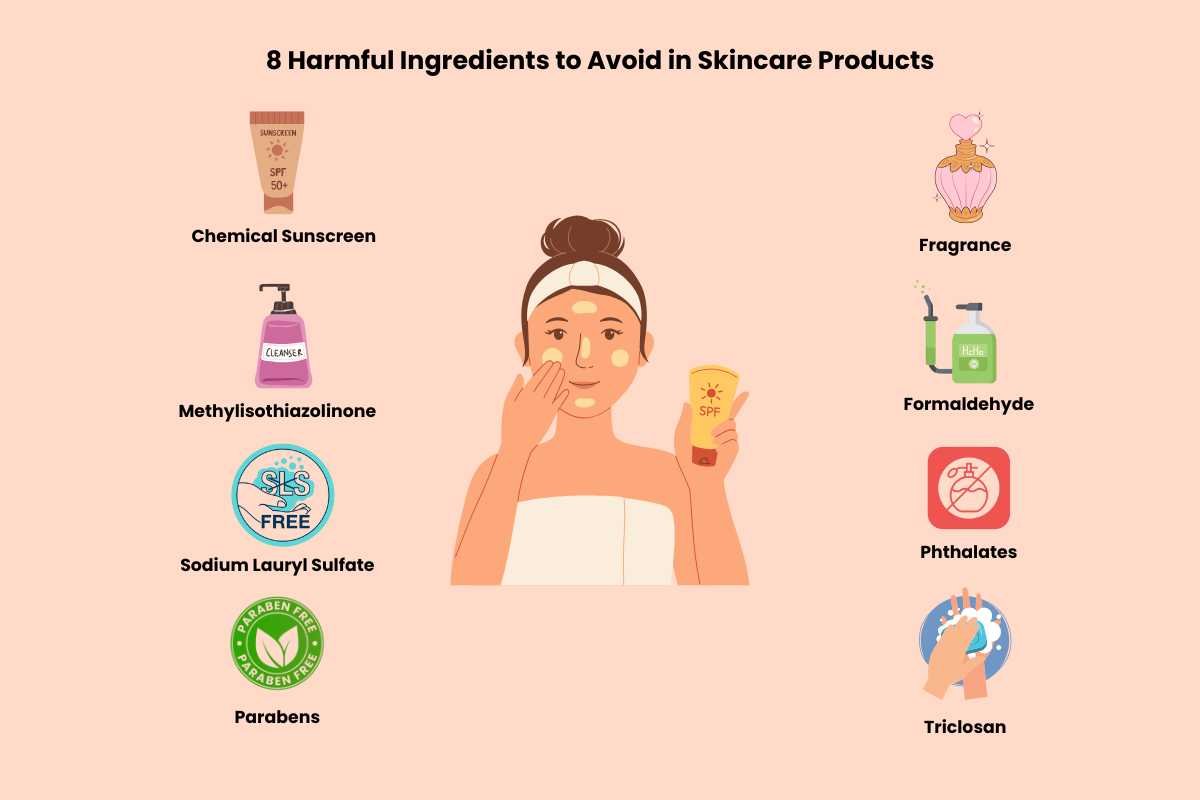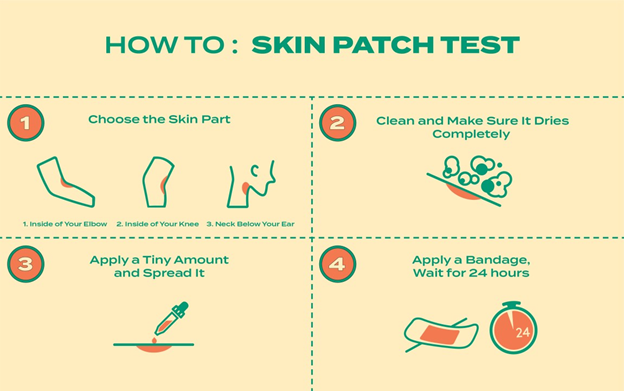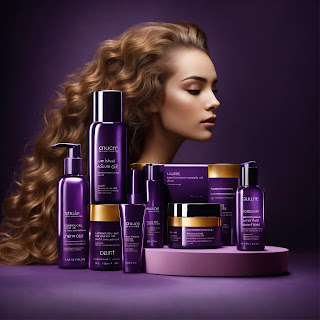The Link Between Appearance and Self-Care : More Than Just Skin Deep
It can seem like a luxury to take time for oneself in the fast-paced world of today. But taking care of oneself is not a luxury; rather, it is necessary. Our appearance is one of the most obvious results of self-care, and although appearance isn't everything, it may be a powerful indicator of our emotions. Beyond aesthetics, appearance and self-care are closely related since they represent our mental, emotional, and physical health.What is Self-Care?
Any deliberate action we take to look after our physical, mental, and emotional well-being is considered self-care. It can be as easy as establishing boundaries in relationships, drinking enough water, or getting enough sleep. It also entails taking pride in your personal appearance, skincare, grooming, and attire.
Your inner condition is often reflected in your looks. Neglected grooming, dull skin, and sleepy eyes can all be symptoms of emotional exhaustion, poor diet, or stress. Conversely, a radiant complexion or a new wardrobe can indicate that a person is feeling balanced and confident. Our look naturally improves when we take care of our body. Vitality is what matters, not vanity.
Feeling happy is often correlated with looking nice. Numerous psychological studies have demonstrated that people's confidence, mood, and sense of self-worth all increase when they put effort into their appearance. It's about proving to yourself that you are important, not about fitting in with beauty standards. You are more likely to interact with the world in a constructive way when you are comfortable with who you are.
Creating a Positive Feedback Loop:
You start a positive feedback loop when you take part in self-care activities that make you look better, including skincare, working out, or just making the effort to dress appropriately. You feel better when you look better, which motivates you to keep taking care of yourself.
Although one component of self-care is looks, it's important to keep in mind that it's only one component. Taking care of your psychological and emotional needs is also a part of true self-care. As vital as skincare and physical fitness are journaling, therapy, meditation, and deep social relationships. In actuality, inner serenity frequently manifests externally as a composed, self-assured manner
Final Thoughts:
The link between appearance and self-care is undeniable, but it’s not about perfection—it's about presence. When you take time to care for yourself, it shows. And in a world that can sometimes feel overwhelming, treating your appearance as an extension of your well-being is a powerful act of self-love. By nurturing both your inner and outer self, you not only look your best—you live your best life.






.webp)








.webp)










.webp)





.webp)

